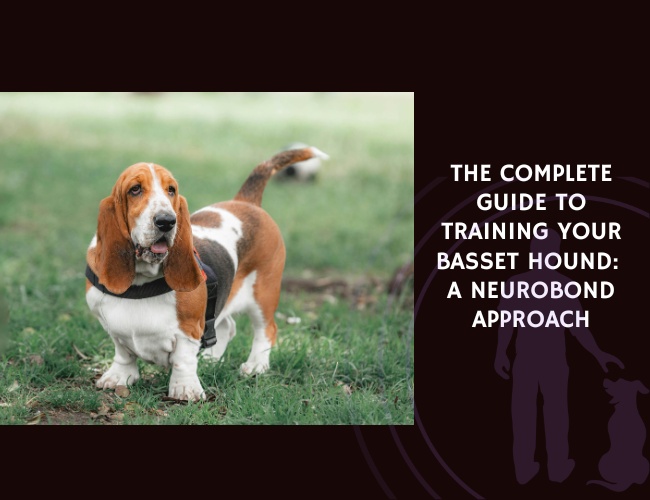Understanding how dogs age—both cognitively and behaviorally—is essential for research and welfare. In a 2021 Frontiers in Veterinary Science review, Naomi D. Harvey analyzed how cognitive traits such as learning and memory change across a dog’s lifespan and proposed a standardized set of age groupings to better reflect these changes. These groupings aim to capture normative developmental trajectories that are applicable to most domestic dog breeds.
Behavioral studies often group dogs by age for analysis, but the lack of consistency in defining these groups has made cross-study comparisons difficult. Harvey’s proposed categories seek to align with known patterns of neurological and cognitive aging, providing researchers with a more rational and evidence-based system for classifying dogs in behavioral and cognitive studies. Importantly, while these categories reflect behavioral development, they are not designed to address health-based needs tied to breed-specific morbidity.
The proposed framework also raises significant welfare concerns for short-lived breeds such as the Great Dane. Although these breeds do not show evidence of accelerated behavioral aging, their shorter lifespans mean they may die during what Harvey’s system classifies as the Mature Adult phase. This insight underscores the need for both standardized aging metrics and breed-specific welfare considerations.
By encouraging adoption of these categories, Harvey emphasizes the benefits of more consistent research outcomes and improved identification of abnormal age-related changes in dogs. The framework may also serve as a valuable tool for informing dog owners about expected behavioral changes as their pets grow older.
Source: Naomi D. Harvey. Frontiers in Veterinary Science, Volume 8, April 27, 2021.









